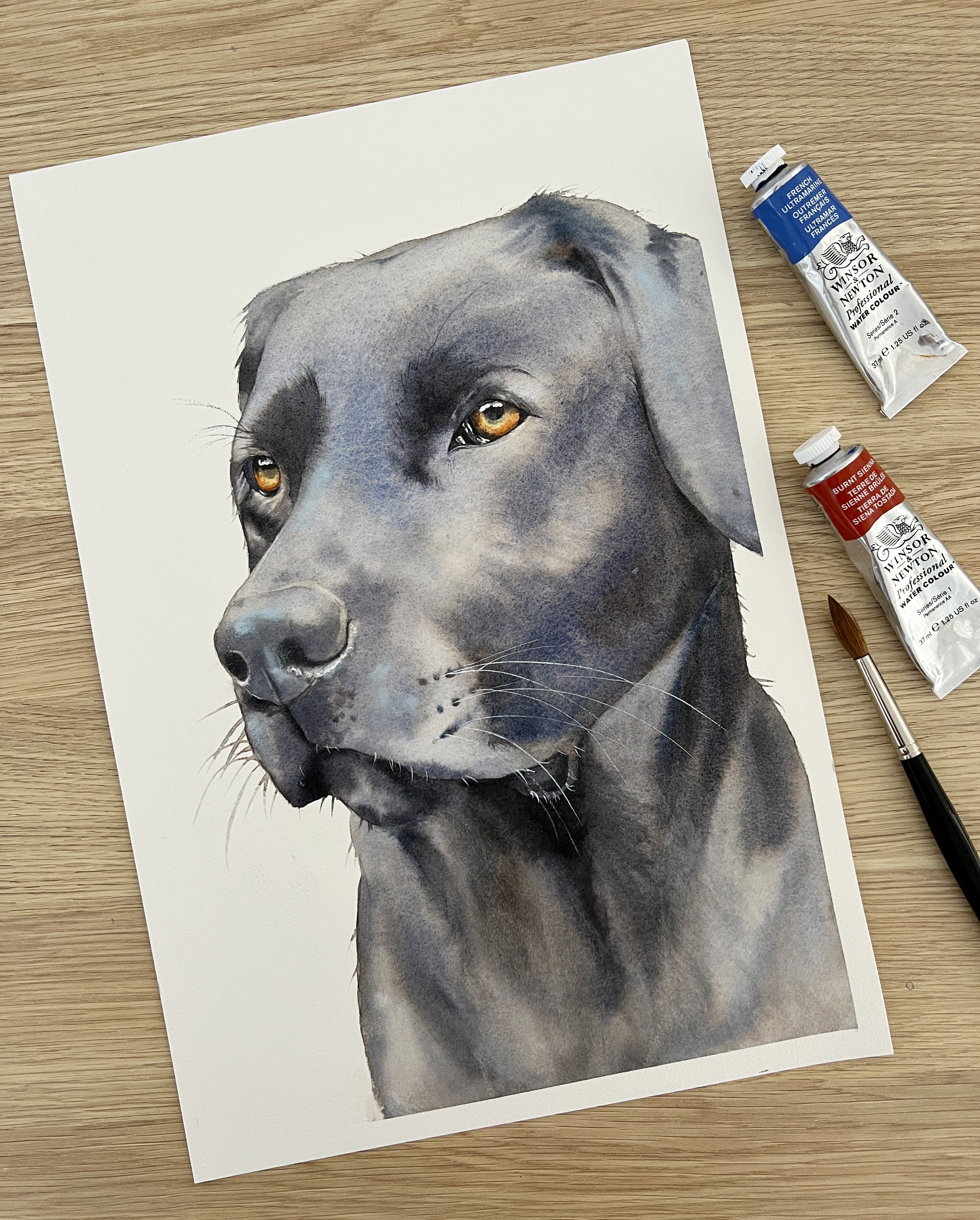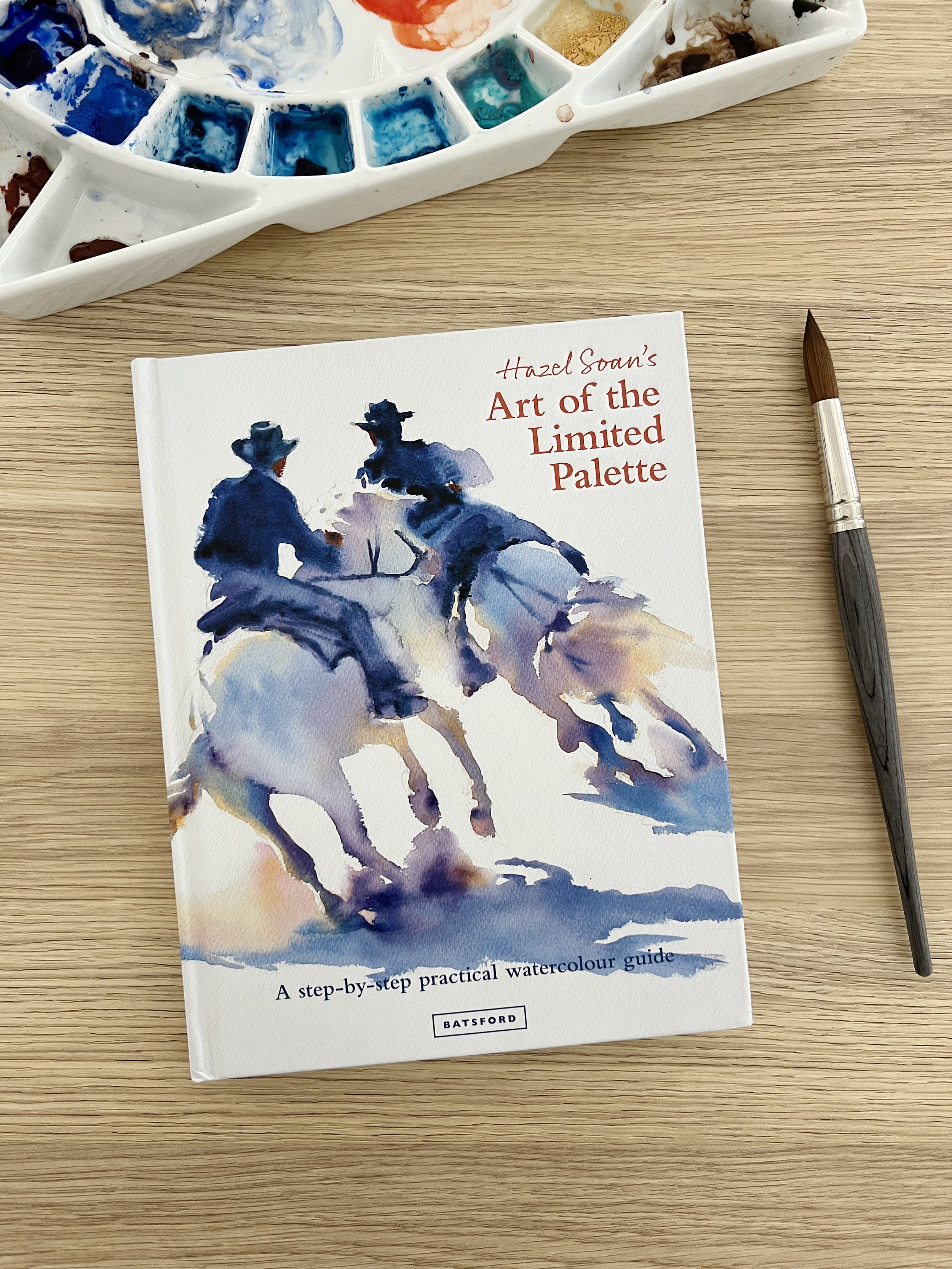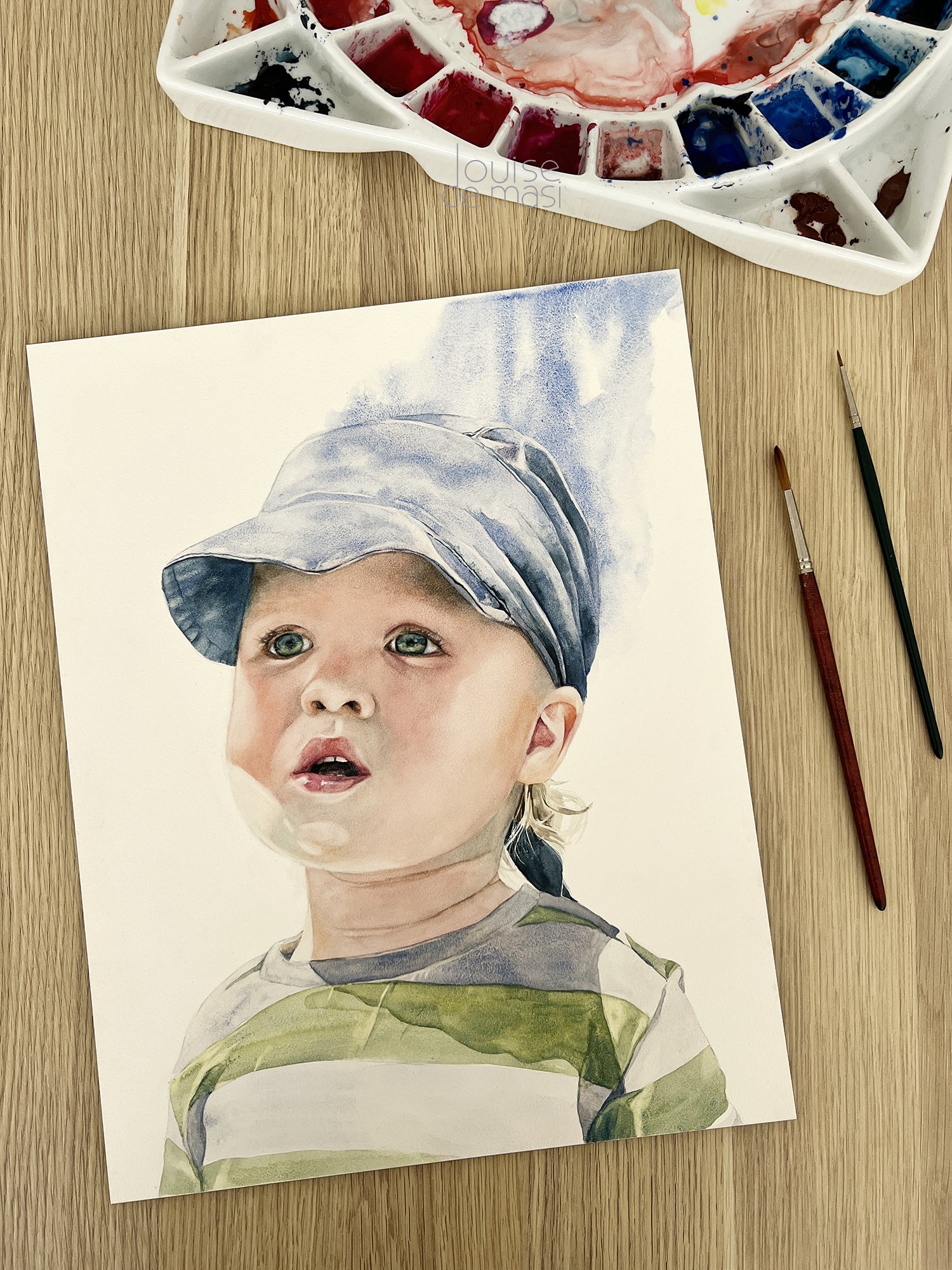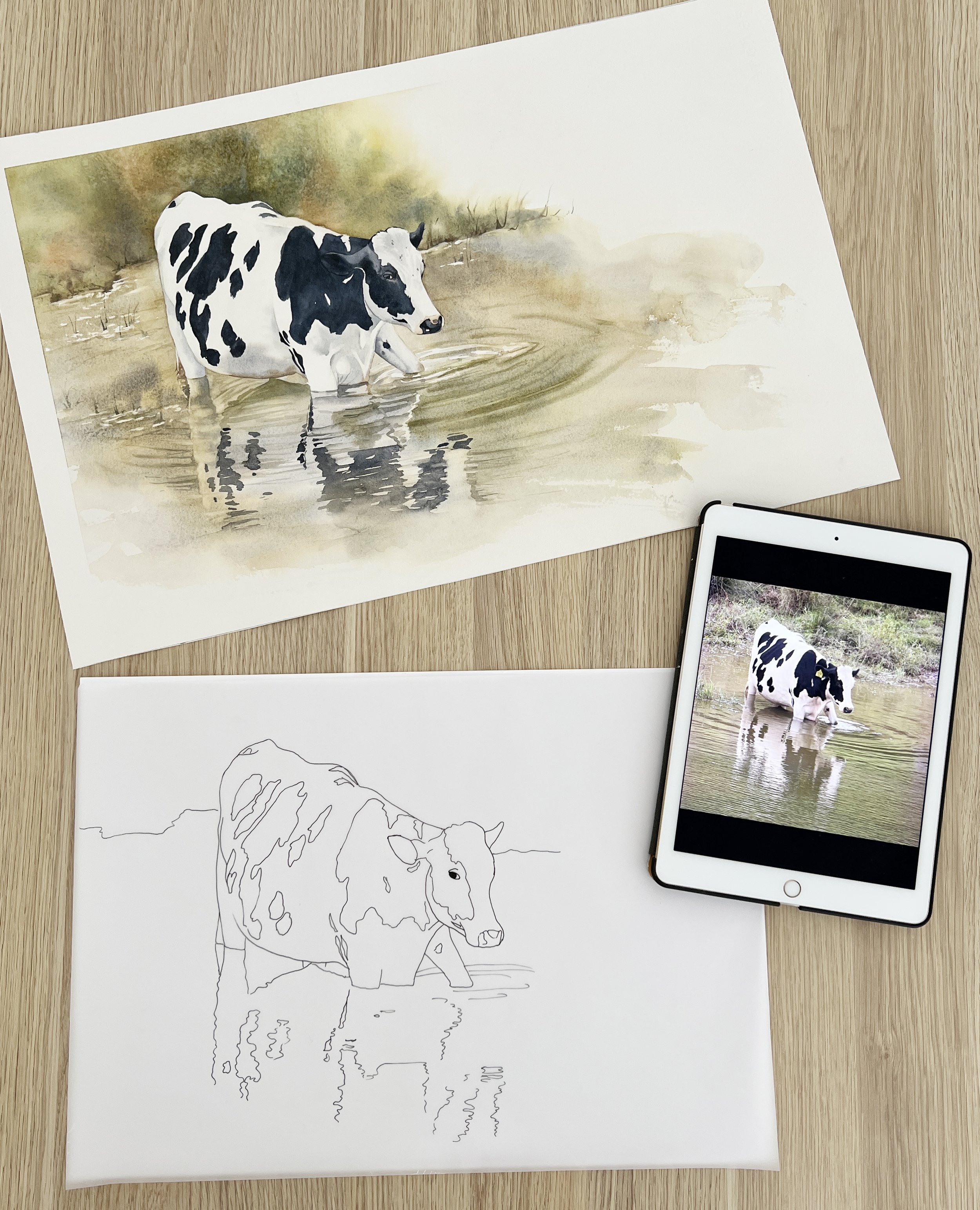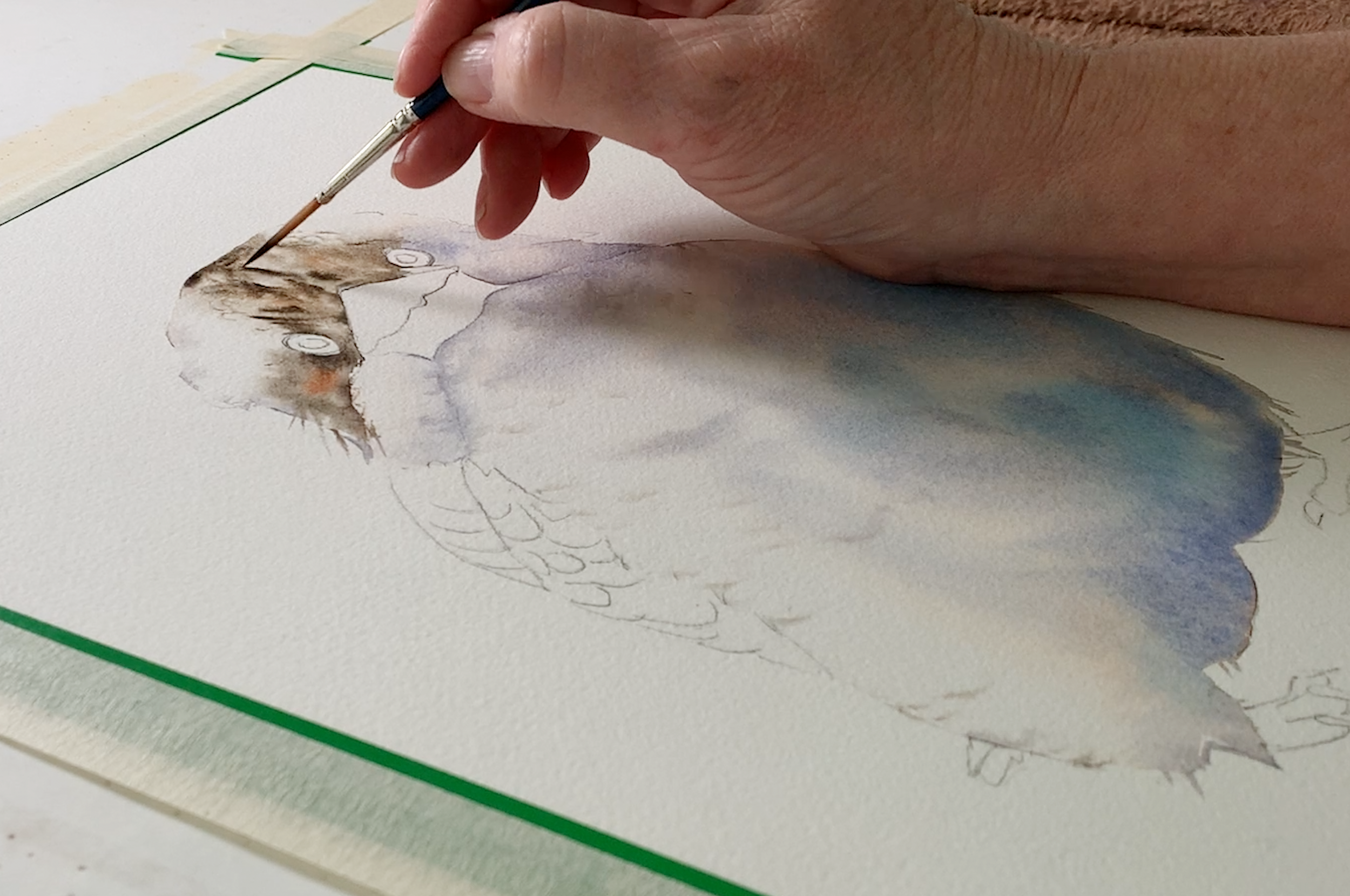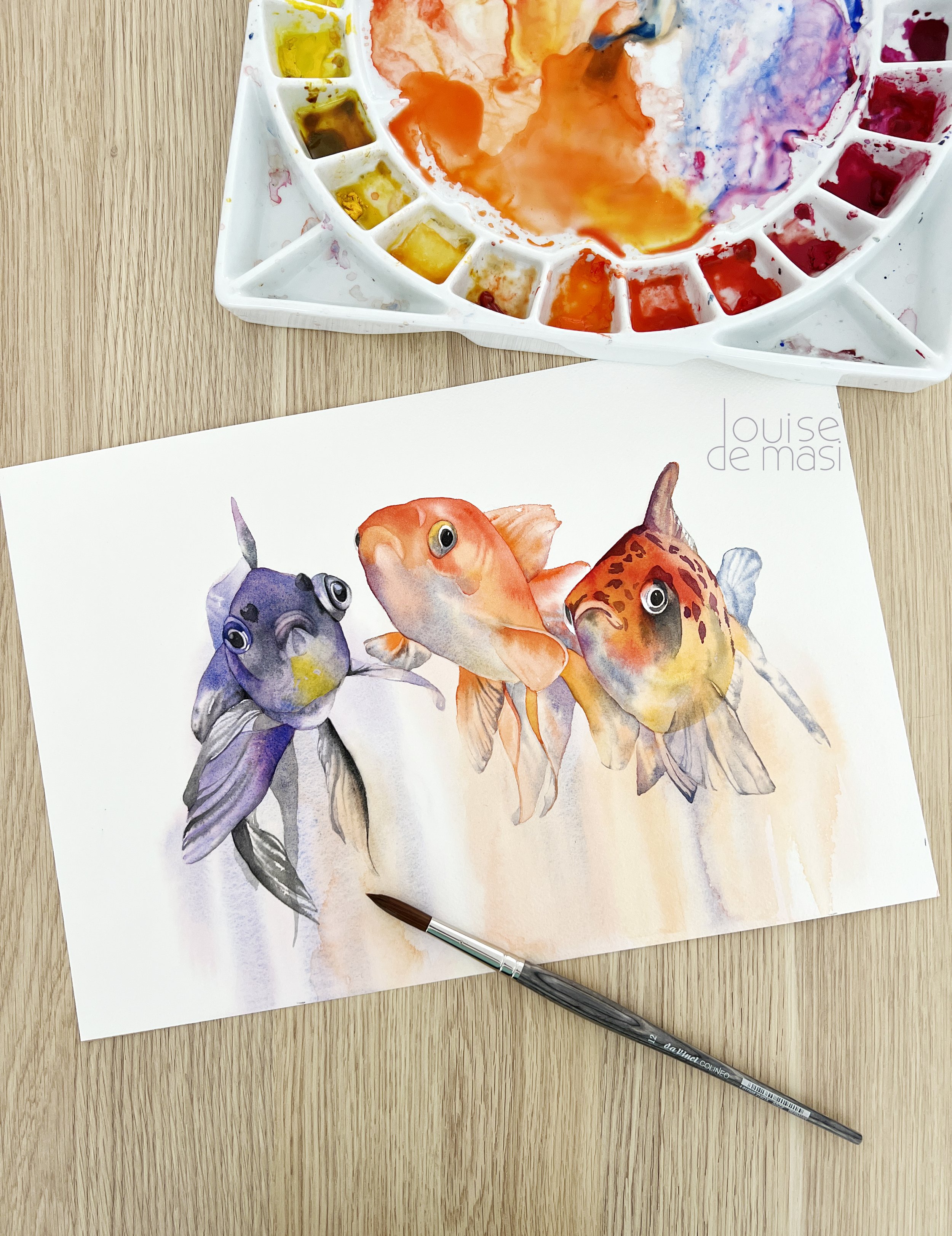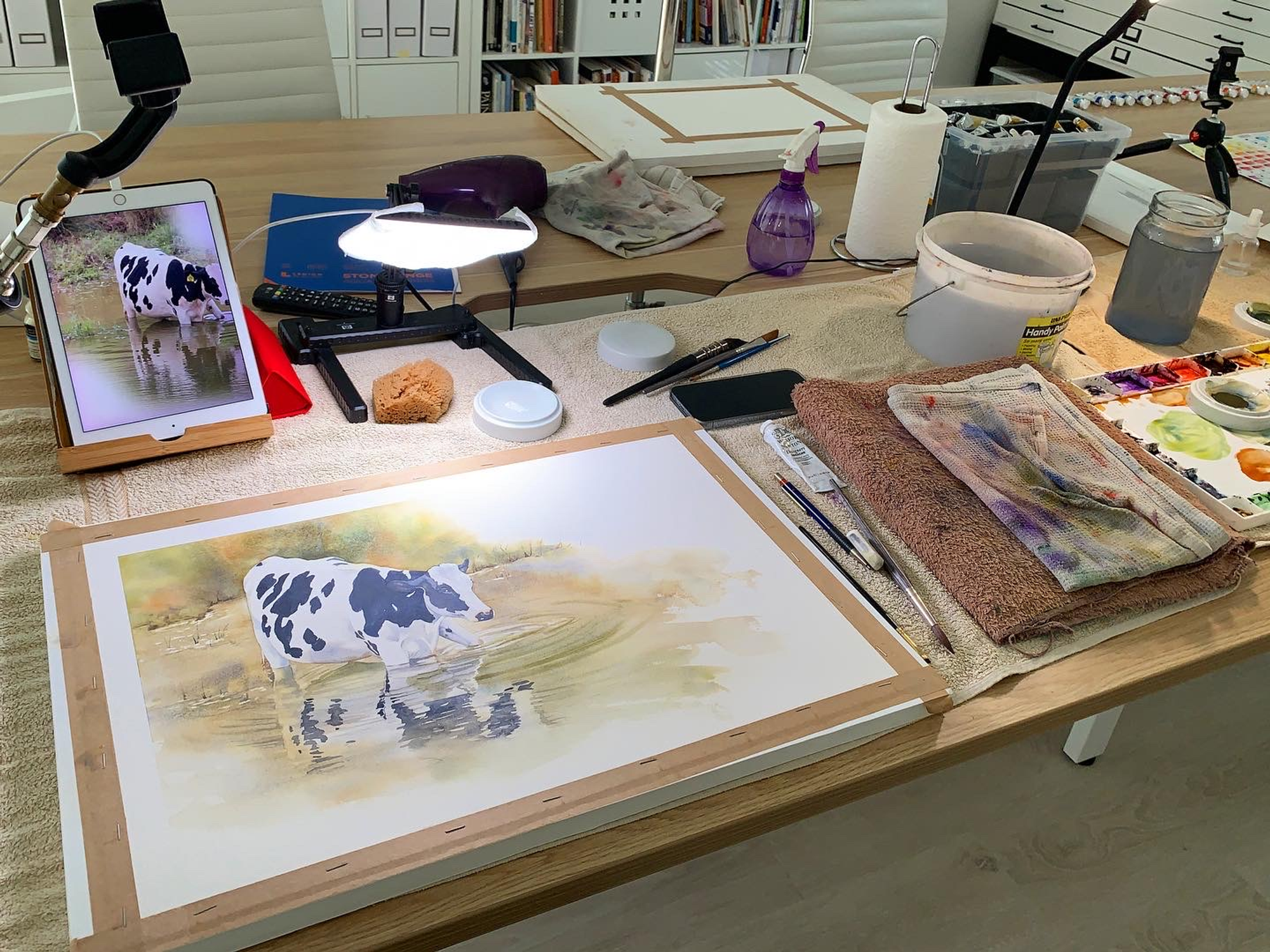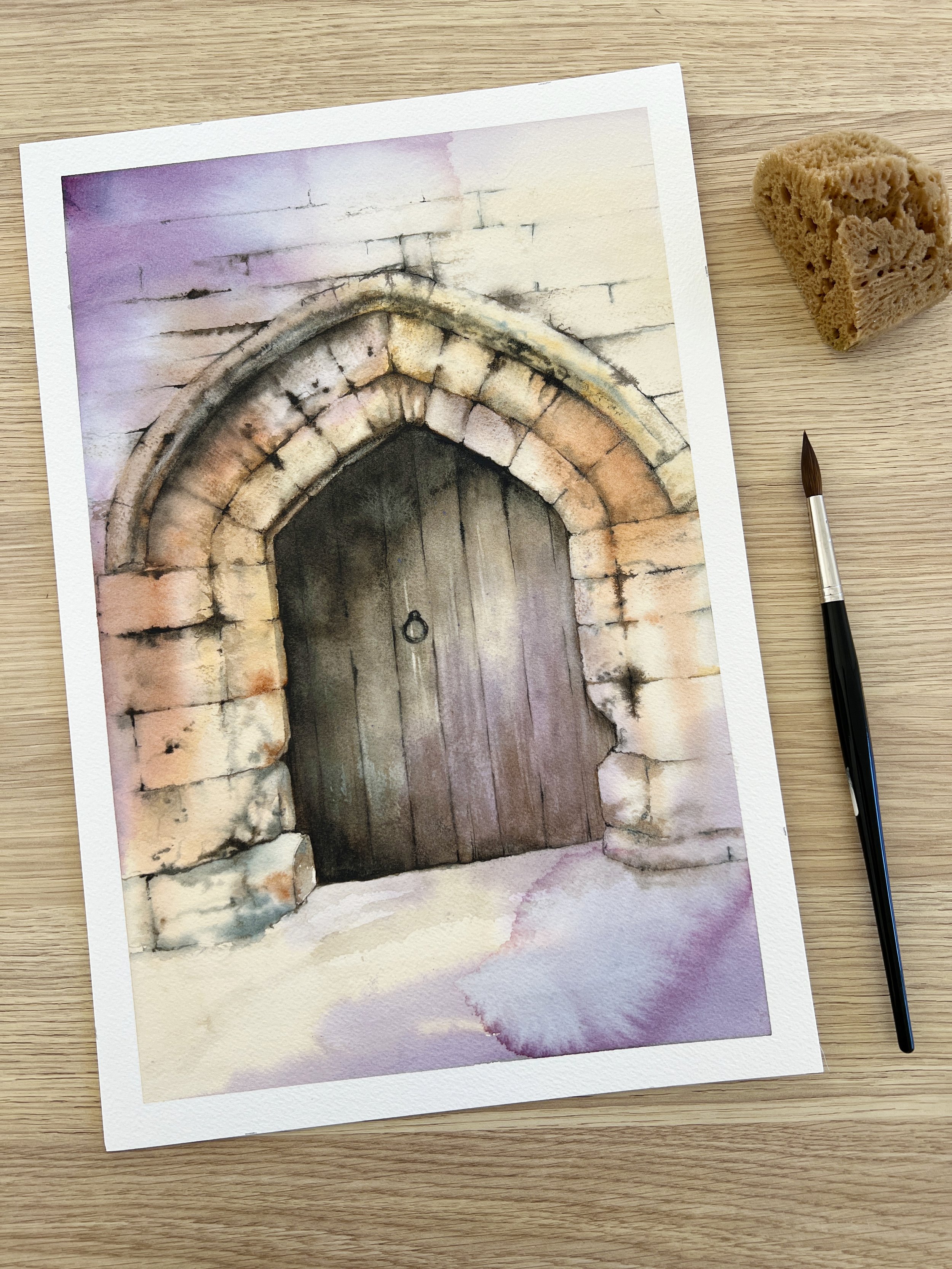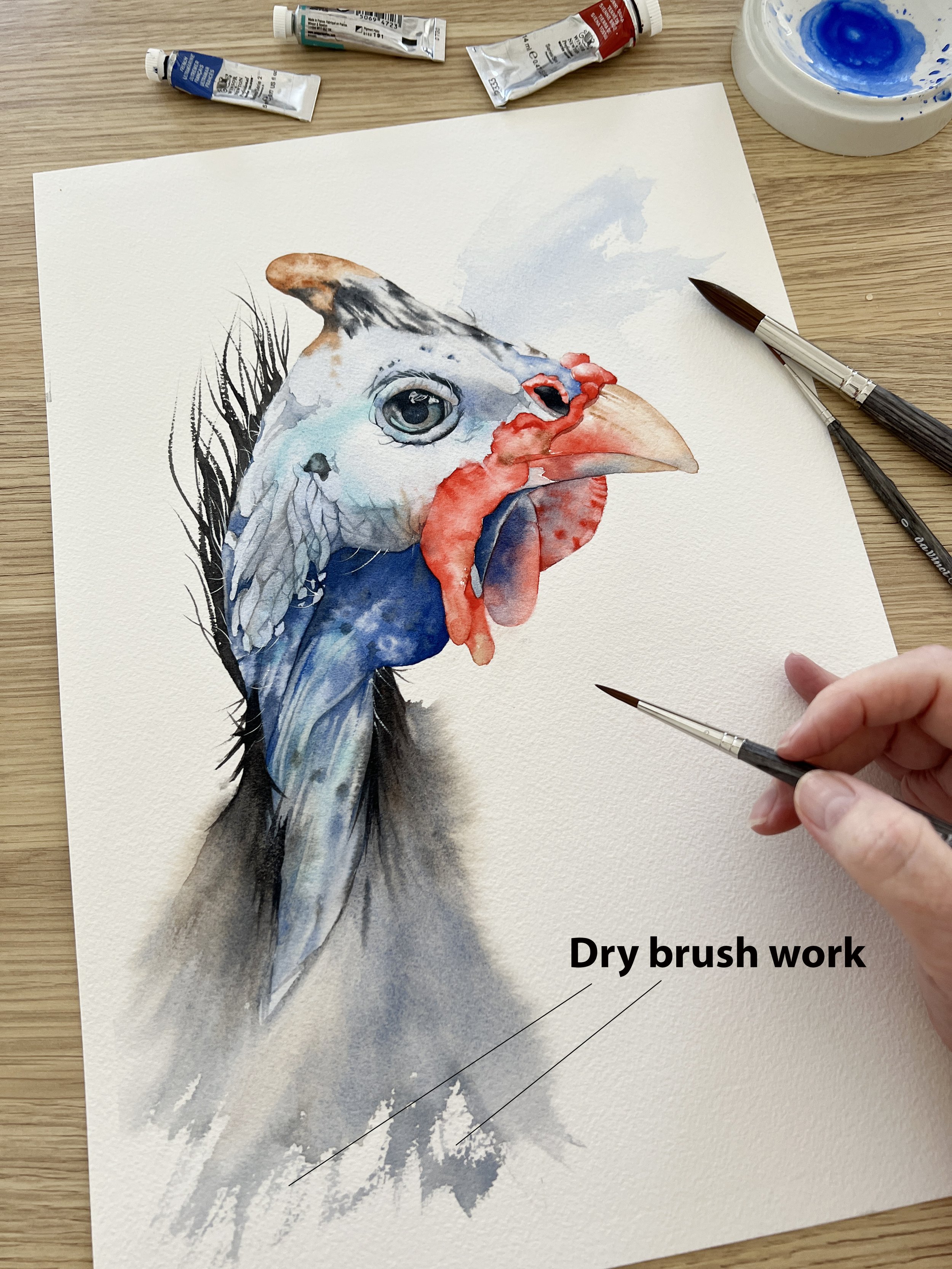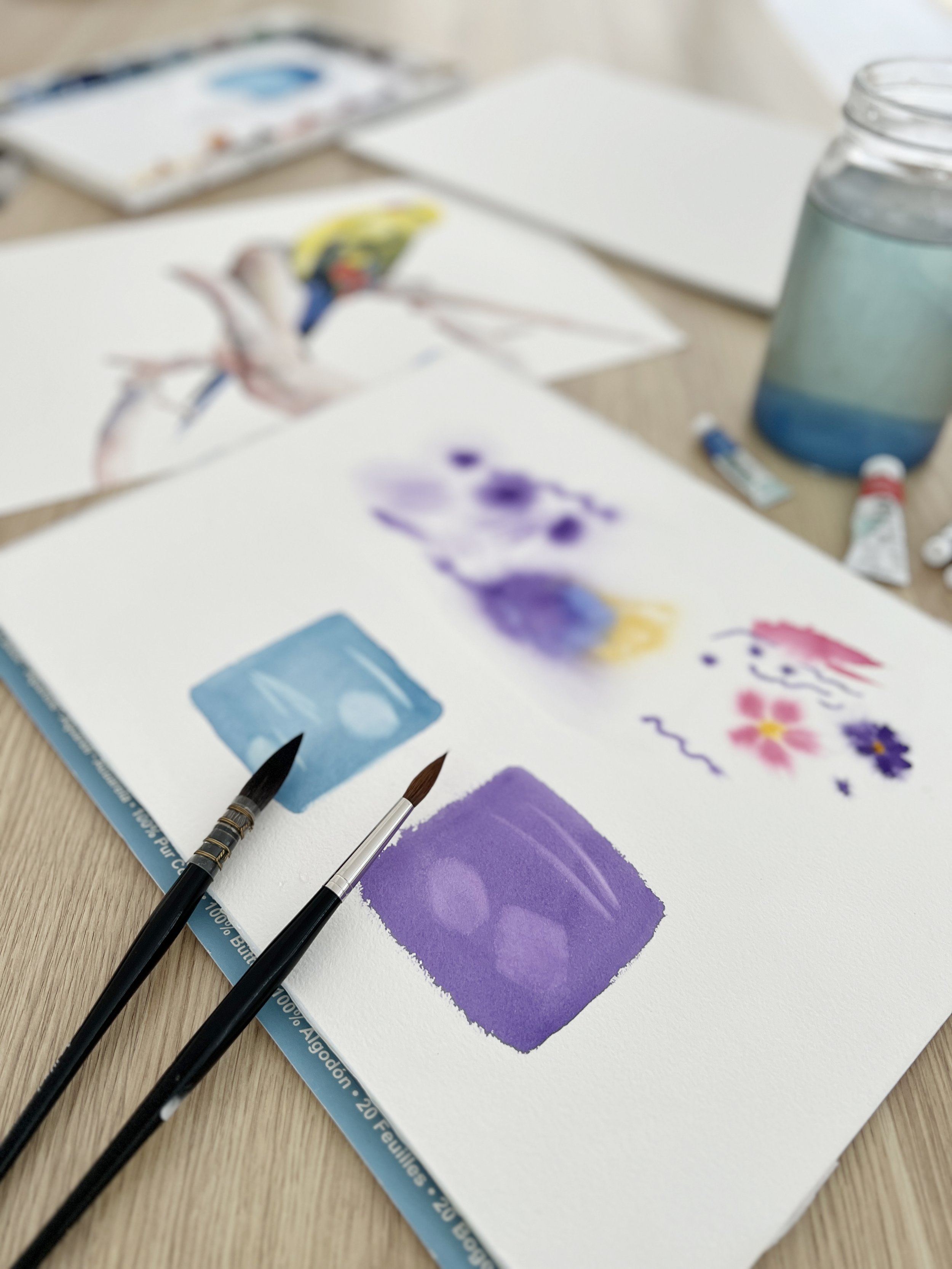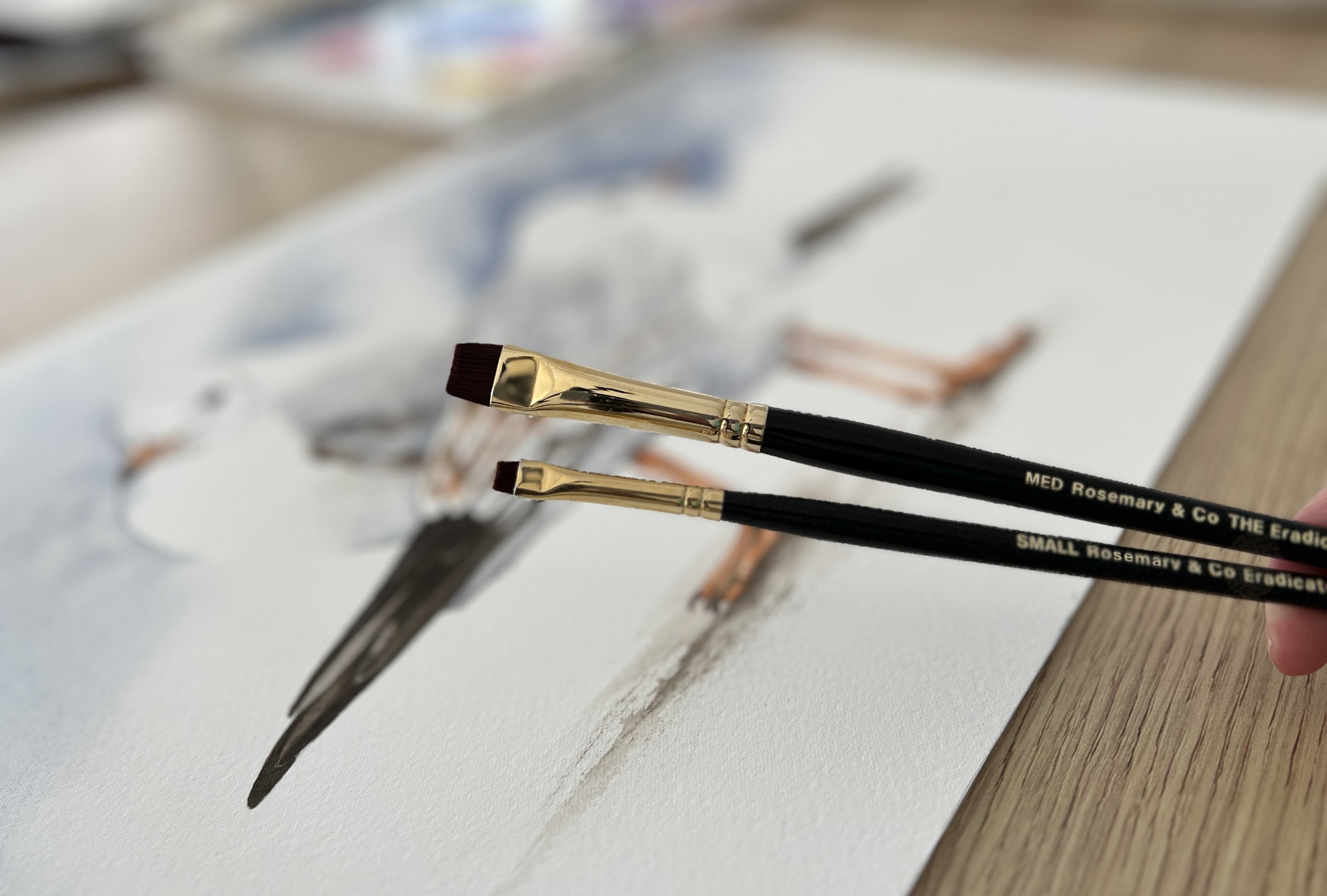The pre-mixed blacks appear a bit dull and uninspiring compared to the black I mixed myself. There's just something about the personally mixed hue that adds a touch of life to it. It's subtle, but it makes a difference.
When you mix blacks you can also adjust the temperature of the colour which will add some life to your paintings. Because you are mixing colours together, you are in control of the ratios. If you want a cool black, mix more of the cool colour you are using. If you want a warm black use a bit more of the warm colour you are mixing with.
Read More